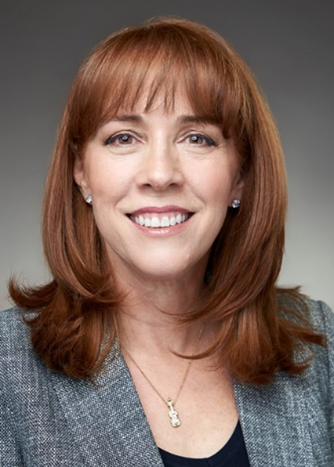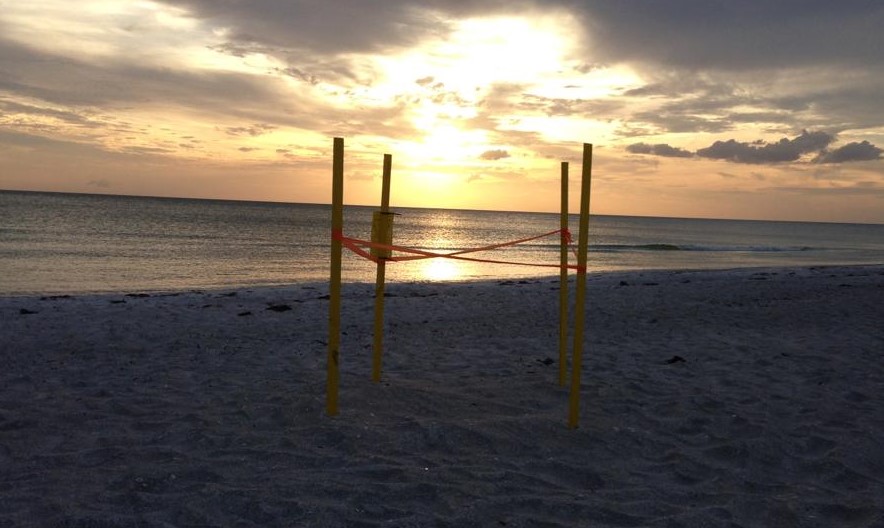Interview Series
Roadway lighting done right can make a positive difference to our lives and the environment. Our three-part interview with roadway lighting experts Rick Kauffman, Joe Hancock and Suzanne Lansford explores the challenges, best practices and myths associated with roadway lighting and designing wildlife-sensitive exterior lighting.
This is Part 2 of a 3-Part Interview Series. Click here to read Part 1. Click here for Part 3.
Meet the Expert

Suzanne Lansford, PE | Owner / Principal Engineer, REDD Inc. DBA Town Lighting Engineers www.townlighting.com
What is your niche area of expertise?
Roadway lighting: specifically, supporting efforts ensuring the rules and guidelines surrounding the practice are effective, useful, and consistent.
How did you land in a lighting career?
I was preparing roadway plans, grant applications, water use permits, etc., at a small Florida civil engineering firm when someone said (while reviewing a development plan), “Hey Lansford – aren’t you an electrical engineer? Why don’t you just throw some lights out there?”
Even at the time, not knowing about lighting, I felt that “throwing lights out there” should entail more thought than visually placing dots on a plan. A little digging revealed a significant need for lighting education and advocacy about roadway lighting where the design process was, at the time and place of my introduction, dominated by product vendors.
Tell us about your mentors and other factors that helped you in your career.
First, I was fortunate to have had brilliant bosses early in my career. They are the men and women whose knowledge was put toward supplying us with resources, and whose power was used to obliterate obstacles to our progress. What a beautiful model for all our endeavors in life!
Second, organizations such as the American Society of Highway Engineers (ASHE) and the Illuminating Engineering Society (IES) have provided a cross-pollination of ideas and camaraderie that is broader and richer than that which exists within the context of local project work.
What is your advice for emerging professionals interested in a lighting career?
Get educated and do your own research. Vendors are a tremendous resource, but not a substitute for your own due diligence.
Join and participate in professional organizations like the IES.
Tell us about a professional accomplishment you are proud of.
Hopefully, the best is yet to come, but I am awfully proud to have owned and operated a tiny engineering firm continuously since 2006. Back then, I was an independent contractor on a team submitting qualifications for a project requiring that we carry professional liability insurance. At the time, insurance premiums for a small corporation were significantly lower than those for sole proprietors; thus, the corporation was born.
What are some key professional challenges you’ve encountered and how did you overcome them?
As a consultant, I have had the opportunity to peer into the inner workings of many different public and private organizations, large and small. I am often surprised at the lack of intentional administrative processes, data control, and interdepartmental coordination. When exploring ways to increase value and improve efficiencies, this non-technical issue is the fattest of all low-hanging fruits. With every deliverable, we almost always add some business-process or training recommendations, whether or not they were in scope.
Everybody benefits when communications are comprehensive and tasks are streamlined.
Roadway Lighting Insights
Could you share a key lesson you’ve learned around roadway lighting from your years of experience?
I did not understand the extent to which public messaging surrounding wildlife conservation could carry more weight in agency decisions than facts. Even worse, a prudent engineering decision can act to derail conservation endeavors if a new idea appears to conflict with current messaging, because a policy change could upset public trust in the conservation effort.
This demands that engineers be not only technically competent, but also fluent in the language and sensitivities of politics and public outreach.
What are the top myths you have encountered around roadway lighting?
Myth 1: That more light means better visibility. When struggling to read a book in low light, it is easy to imagine that the more light that is cast on a surface, the safer the scene will be.
However, roadway lighting studies show a diminishing safety benefit beyond certain levels of brightness, and there are many other context and geometry-sensitive considerations to control glare and light trespass that are not at all related to the “amount” of light present.
Myth 2: That there is such a thing as “safe.”
The most frequent questions we receive from the public challenge us to assert that a certain concept or design “is guaranteed to be absolutely safe.” The implication is that if the system cannot satisfy that requirement, then the lighting plan should be obviously and easily rejected. As engineers, our entire raison d’être is to preserve the public’s health, safety, and welfare, and that involves weighing the pertinent facts, rules, and preferences to form the solution anticipated to have the best, safest outcome. Could a drunk driver still cause a pedestrian fatality in the best, safest circumstances? Yes. Does that mean we must discard our safety efforts? No.
What do you wish people knew about roadway lighting and its impact on wildlife?
The most misunderstood concept about roadway lighting’s impact on wildlife is that all the concepts are well understood. We don’t understand why eagles sometimes choose build nests near construction sites when more remote, undisturbed locations are available. Why do sea turtle hatchlings head toward the ocean during the day with the full-spectrum sun behind them but seem to be so distracted by the smallest artificial light at night?
What we do know is that everything we build has the potential to impact wildlife, as it has the potential to affect human health and safety. We must do our best to maximize benefits within the smallest possible footprint and be open to the application of new knowledge.
What would be your ideal approach to roadway lighting and what would it look like in application?
When prescriptive measures are codified, we are compelled to use them – i.e., where laws and agency rules require the use of limited wavelength lights. But the best roadway lighting designs are not prescriptive, they are thoughtful applications of all our tools – equipment selection, location, shielding, and smart controls – same as for every lighting project, everywhere.
Any lighting installation that reduces the occurrence of property damage, human injury, or fatalities is successful. All designs must strive to minimize impact outside the project limits, no matter where they are located.
What are some changes you would like to see in the lighting industry or in your area of work?
- I would love product manufacturers to understand the market potential of wildlife-friendly products. For sea turtles, the market includes every coastal city and town in Texas, tracing around the Gulf of Mexico, over to and around Florida, and all the way up to New Jersey – these towns struggle to implement turtle-friendly lighting for lack of adequate products.
- I look forward to the increased use of network controls to set appropriate light levels, improve energy efficiency and minimize offsite impact of lighting.
Could you share your LightFair experience?
Anyone entering the lighting business should attend LightFair. I have attended three or four. The industry-specific networking and education magnitude, breadth, and depth cannot be beat. Preparing to present forces us to dig deeper in knowledge; and then, questions from attendees show us that more study is always needed!
If you hadn’t been in lighting…
I would probably have remained in the nuclear industry where I started after graduation. Nuclear energy suffered debilitating setbacks about ten years ago from multiple fronts: public and political aversion after the Fukushima earthquake and tsunami, and economic pressures from the then-low natural gas prices and aging nuclear fleet. Today’s attention to lowering carbon emissions and the higher costs of other fuels are presenting tremendous opportunities for the return of nuclear energy as an important contributor to a diverse energy supply.
Did you like this interview? Do you have an interesting take on this topic? Tell us in the comments.

